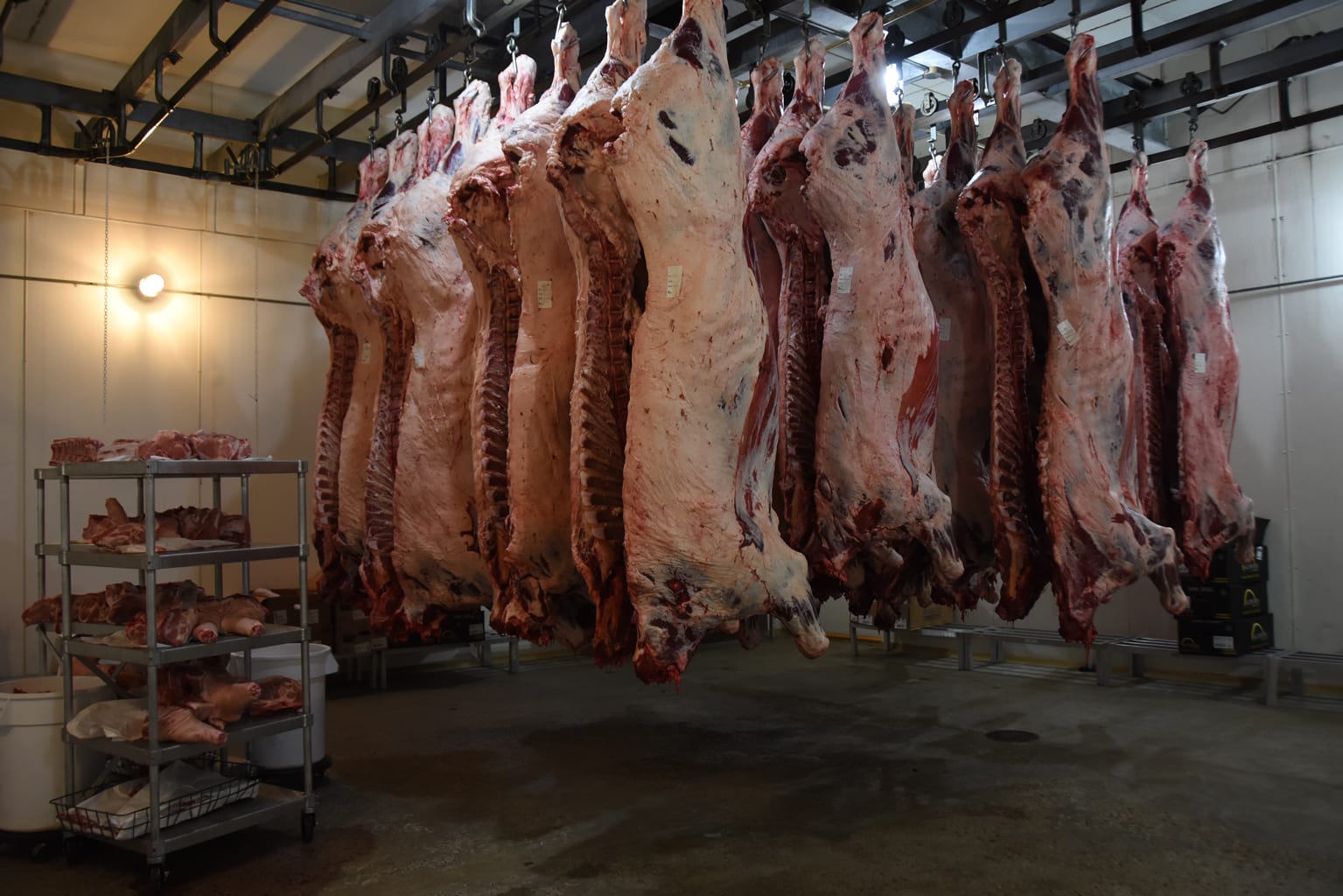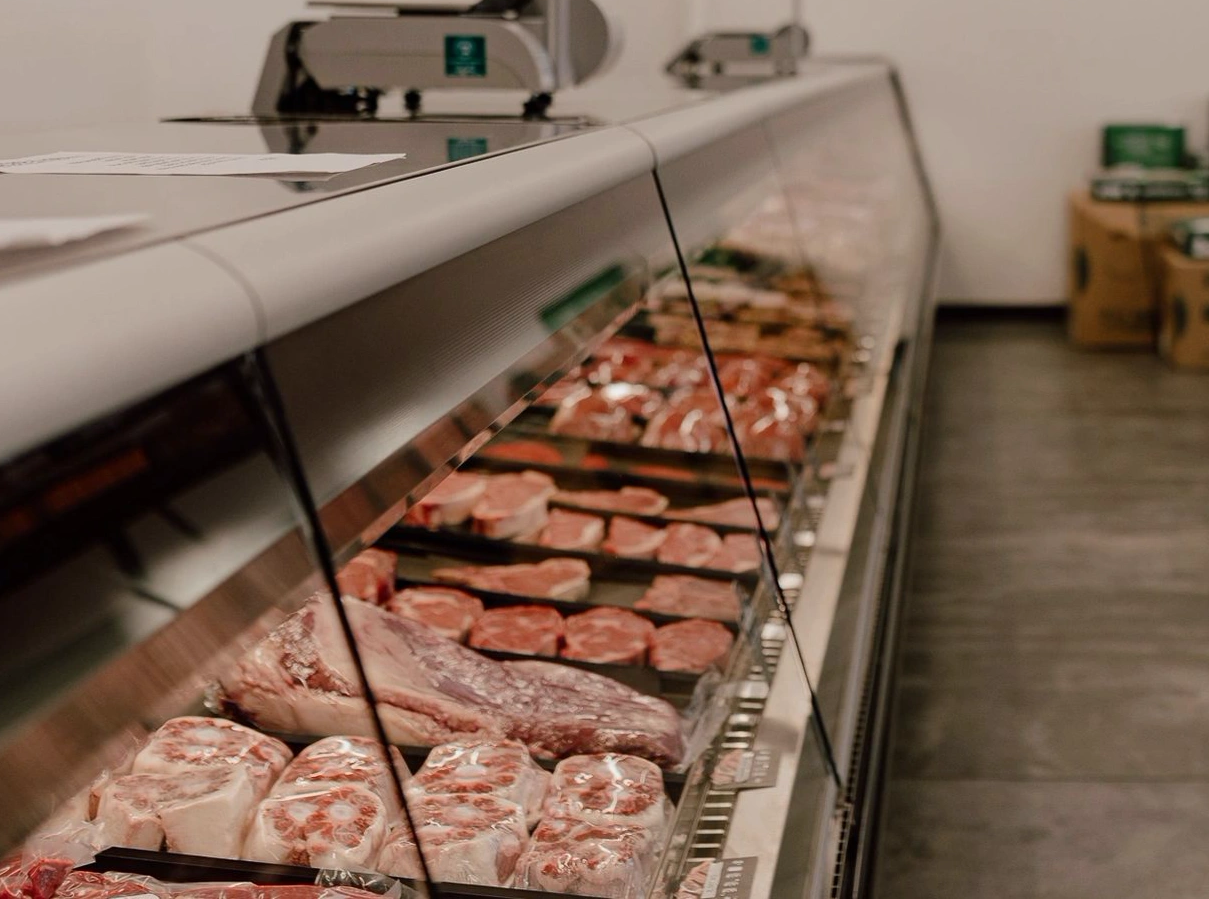See Bagley Farms Meat Market Edwardsville IL for Farm-Fresh Meat and Specialty Cuts
See Bagley Farms Meat Market Edwardsville IL for Farm-Fresh Meat and Specialty Cuts
Blog Article
Uncover the Art of the Butcher's Cut in a Modern Meat Market
In the ever-evolving landscape of modern-day meat markets, the butcher's cut has actually transcended its traditional origins, merging old-time craftsmanship with modern methods. What truly establishes the contemporary butcher apart is their capability to create a deeper link between customers and the beginnings of their meat.
Development of Butchery Techniques

The mid-20th century saw butchery strategies better fine-tuned by clinical insights right into muscle biology and meat aging, improving both tenderness and taste. Technologies like vacuum cleaner product packaging and refrigeration extended item shelf-life, permitting butchers to expand offerings and improve top quality control. This duration also marked the surge of specific devices, such as band saws and meat slicers, which enhanced accuracy and effectiveness in meat processing.
Computerized systems currently assist in tracking pet provenance and optimizing cuts to fulfill certain client choices. Furthermore, a rebirth in artisanal butchery has arised, mixing typical abilities with modern-day understanding to provide to customers seeking honest and sustainable meat options.

Understanding Meat Cuts

Recognizing the complexities of meat cuts is necessary for both butchers and customers looking for high quality and worth. Each cut originates from a various component of the pet, imparting one-of-a-kind flavors, structures, and food preparation approaches. Proficiency of these distinctions not only boosts cooking experiences but also makes best use of the utility of each carcass. For butchers, precise cuts mirror skill and respect for the craft, making sure marginal waste and ideal yield.
The primary categories of meat cuts include primitive, sub-primal, and retail cuts. Primal cuts, such as the loin, rib, and chuck, are the big areas at first divided from the carcass. Butchers then damage these down further into sub-primal cuts, before finally generating retail cuts available to customers, like ribeye or tenderloin. Each phase calls for mindful focus to physiological framework and muscle mass make-up.
Recognizing muscle structure is essential; muscular tissues used more regularly by the pet tend to be tougher and are best matched for slow cooking techniques, while less-used muscular tissues, like those found in the loin, are a lot more tender and perfect for grilling or roasting. Experience with these differences encourages customers to make informed choices, improving their cooking undertakings.
Choosing High Quality Meat
Picking the best meat involves even more than simply choosing a visually appealing item from the display screen. The art of picking high quality meat requires a critical eye and understanding of particular attributes that indicate freshness and quality.
Second of all, think about the marbling, which describes the white flecks of fat within the muscle. Correct marbling is an essential indication of tenderness and taste, as it thaws during food preparation, improving the meat's juiciness. Bear in mind, higher marbling typically associates with superior quality cuts, such as USDA more helpful hints Prime.
Texture is another essential aspect; meat should really feel strong to the touch, not see post slimy or extremely soft. Furthermore, bear in mind the scent. Fresh meat must have a tidy, neutral smell, without any sour or repulsive smells.
Matching Cuts With Food Preparation Methods
Effectively coupling cuts of meat with the proper cooking techniques is essential for accomplishing optimum taste and texture. Different cuts differ in inflammation, marbling, and connective tissue web content, each calling for particular strategies to unlock their possibility. For circumstances, tender cuts like filet mignon and ribeye, with their integral marbling, take advantage of high-heat, quick-cooking approaches such as barbecuing or pan-searing. These techniques improve the meat's all-natural tastes and ensure a juicy surface.
Alternatively, harder cuts like brisket and chuck roast are abundant in collagen, which breaks down into gelatin when prepared slowly. These cuts are suitable for braising or slow-moving roasting, permitting the meat to soften gradually and establish deep, complicated flavors. Cuts such as short ribs and pork shoulder get on well with slow-cooking techniques, where prolonged cooking times transform their durable appearances right into succulent dishes.
Lamb shanks and oxtail, which call for long term food preparation to tenderize, are ideal candidates for cooking or slow-moving simmering. These techniques coax out rich, passionate tastes while preserving moisture. By recognizing the special characteristics of each cut, chefs and home chefs alike can elevate their cooking productions, making certain each meal is both satisfying and remarkable.
The Butcher's Duty Today
Browsing the progressing landscape of the modern meat market, the butcher's role today expands beyond mere prep work of cuts. hop over to here Contemporary butchers are cooking artisans, instructors, and supporters for lasting techniques.
Along with crafting precise cuts, butchers currently engage straight with consumers, providing cooking advice and customizing choices to suit specific needs and choices. Their experience in meat aging, marbling, and flavor profiles empowers customers to make educated decisions, boosting their culinary experiences. This personalized solution exhibits the butcher's developing role as a trusted expert in the kitchen.
In addition, butchers are critical in minimizing waste, using entire animals to develop varied products such as sausages and stocks - bagley farms meat market edwardsville il. This thorough method not just respects the animal yet likewise lines up with contemporary sustainability objectives. In this way, the modern-day butcher embodies both custom and innovation, adjusting to an ever-changing market while preserving the artistry and honesty of their craft

Final Thought
The contemporary butcher's craft elaborately weaves standard techniques with contemporary innovations, highlighting sustainable methods and ethical sourcing. Proficiency in comprehending diverse meat cuts and top quality signs encourages butchers to give enlightened referrals, aligning particular cuts with optimum food preparation techniques. This knowledge not only raises culinary experiences however likewise enhances the connection in between customers and the beginnings of their food. By recognizing historical methods while accepting contemporary needs, the butcher's duty stays vital in today's sophisticated meat market.
Report this page